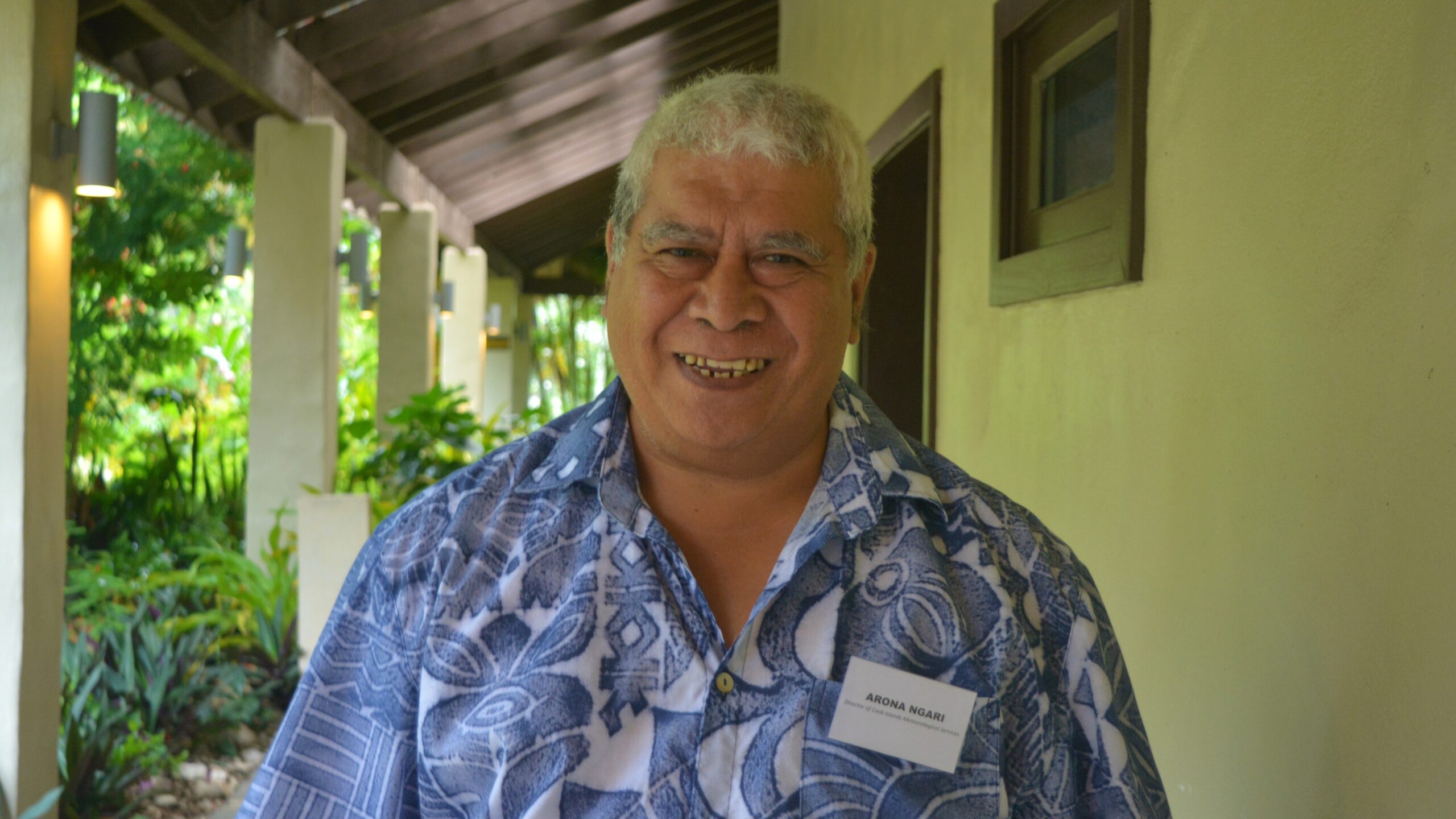Busy year of bulletins, warnings
Monday 22 January 2024 | Written by Losirene Lacanivalu | Published in National, Weather

Arona Ngari, director of the Cook Islands Meteorological Service. PHOTO: AL WILLIAMS/22030718
The Cook Islands Meteorological Service’s annual report tabled in Parliament last month, highlighted a busy year of weather monitoring and warnings.
Around 549 weather bulletins were issued for the Cook Islands, including 30 strong wind warnings for the Northern Cook Islands and 20 for the Southern Cook Islands.
Six damaging swell warnings were issued, and 10 tsunami warnings were given in the last six months, with the highest earthquake registering 7.7 on the Richter scale.
This information was highlighted in the Ministry of Transport’s annual report for the year ending June 30, 2023. The report also noted that the weather office’s Climate Early Warning System (CLEWS) performance was 90 per cent accurate last year, with Rarotonga achieving 100 per cent accuracy.
To maintain CLEWS, the islands of Atiu, Mauke, and Mitiaro were visited in April, May, and June, respectively. However, the report identified Mitiaro as the station with the most challenges, where a rain gauge was accidentally damaged by a tractor.
The weather office said this incident was reported to the island’s Executive Officer to prevent similar occurrences in the future. The newly installed rain gauge was fenced off to mitigate the risk of further damage.
An Early Action Rainfall Watch workshop held last year allowed both operational and non-operational staff to participate in activities that could enhance the visibility of the Met Office, the report said.
Additionally, 14 staff members received overseas training in tide gauge installation, satellite interpretation, climate outlook products, and early warning techniques.
The Director of Meteorological Services Arona Ngari also participated in regional meetings held in Nadi, Apia, Tonga, and Switzerland.
Among the weather office’s achievements highlighted in the report was the deployment of an array of buoys around Rarotonga to monitor high seas and damaging swells.
The report also outlined the weather office’s future plans, which include restarting the weather balloon project for upper airspace monitoring, upgrading the automatic weather observation stations (AWOS) on the Pa Enua, installing additional weather buoys for early warning purposes and implementing relevant weather training programmes with donor agencies.












































